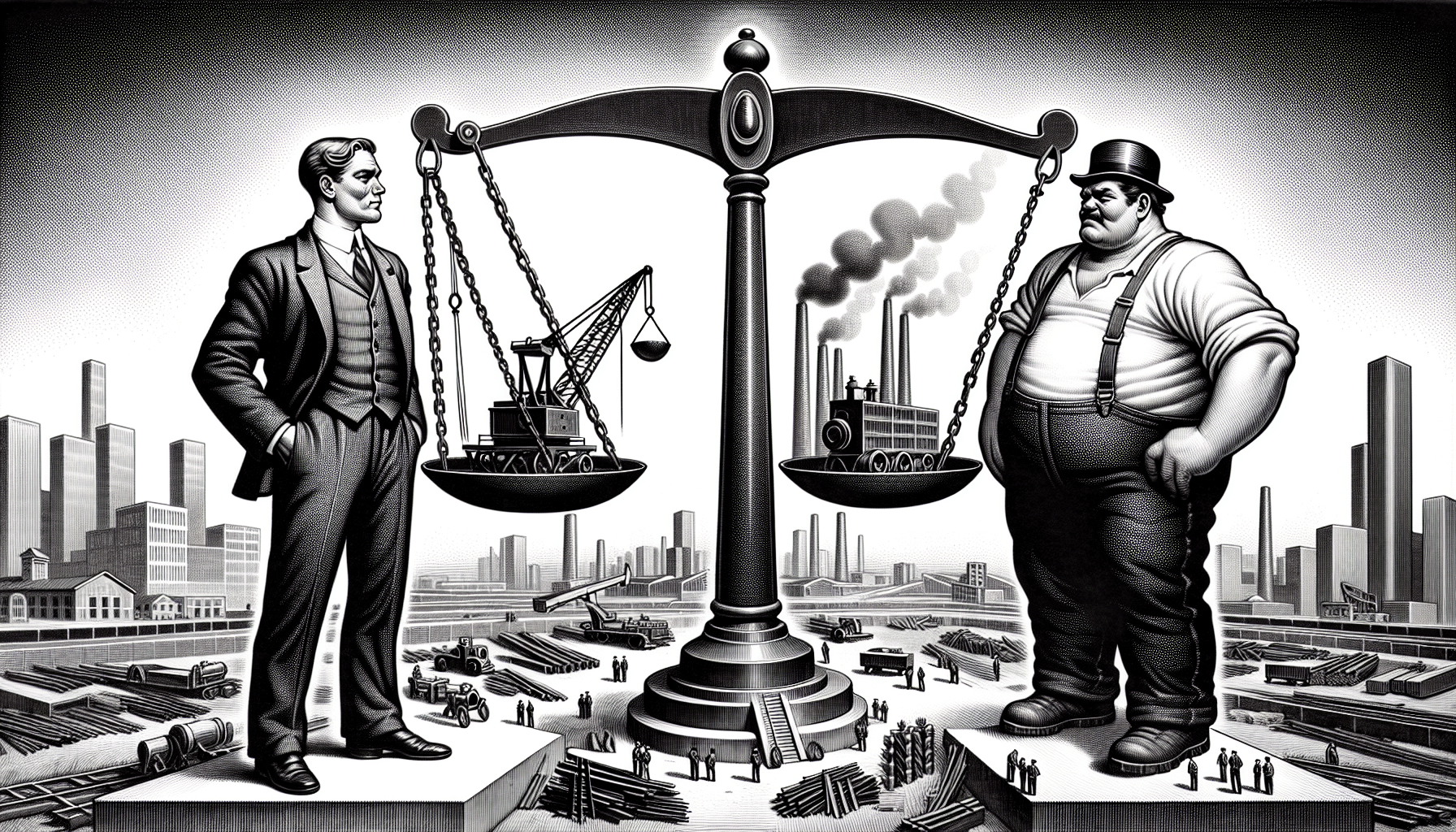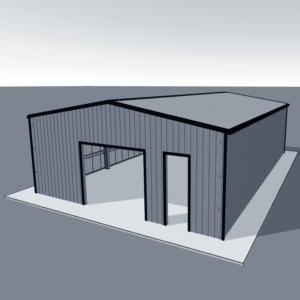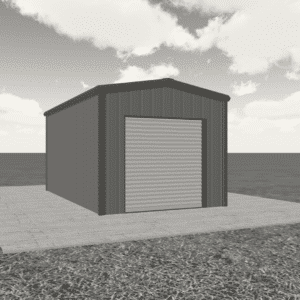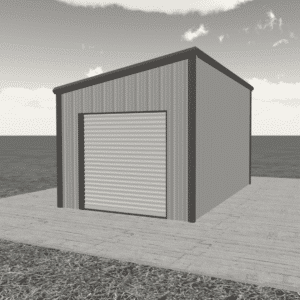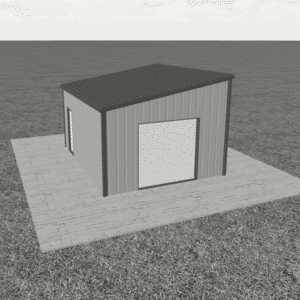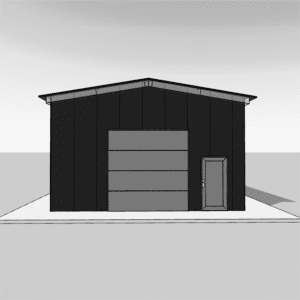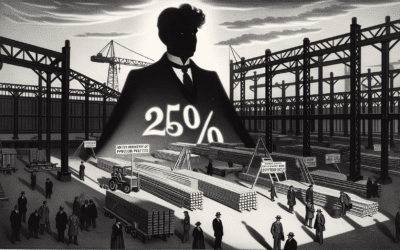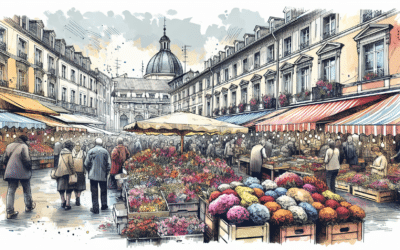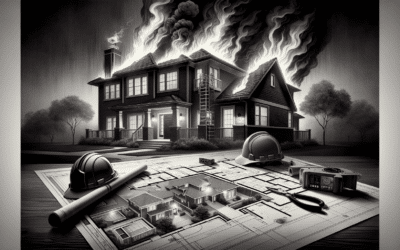# **Tariffs and Tensions: How Ontario’s Early Elections and US Threats Affect the Construction Scene**
Ontario Premier Doug Ford is urging for an early election, expressing the necessity for a “clear mandate” from the electorates as he navigates the province through the threatening clouds of trade tariffs from US President Donald Trump. This proclamation by the Premier, combined with looming tariff threats, is ringing alarm bells across various sectors of Ontario’s economy, including real estate and construction. Let’s dissect this situation and understand what’s at stake for the province’s construction industries.
## **Background: A Political Chess Move Against a Financial Storm**
Doug Ford’s expression of need for a clear mandate from Ontario voters might seem like a fresh political gambit, but it is directly tied to the ominous announcement from President Trump. Trump, known for his unpredictable economic policies, has indicated that possibly devastating tariffs could be introduced as soon as Feb. 1. As a direct attack on Canadian industries, these tariffs could severely impact Ontario’s economic stability and progress.
## **Tariffs and Their Potential Impact on Ontario’s Construction Industry**
One primary industry at risk from these potential tariffs is the construction sector, particularly builders focused on steel structures in Ontario. An import tariff on steel would inflate production costs, directly affecting the competitiveness of local firms both in the domestic and international markets. The construction industry, a major contributor to the province’s GDP, would face severe challenges, potentially slowing down projects and affecting the livelihood of thousands of workers.
## **The Ripple Effect on Real Estate Development**
Don’t mistake the possible tariffs as only affecting the builders and laborers. It would also have a profound impact on Ontario’s real estate development. Projects that depend heavily on steel, such as high-rise condominiums, commercial complexes, or government infrastructure, would face potential delays and price escalations as developers grapple with increased construction costs.
Residents in Ontario should brace themselves for the possibility of higher prices and fewer options in the housing market. For those considering construction projects, whether commercial or residential, it might be an opportune moment to consider options in Quebec.
Furthermore, developers with ongoing projects might find themselves in financial bother if the tariffs lead to a dramatic increase in costs. This could, in turn, lead to problematic scenarios such as unfinished projects, layoffs, or even bankruptcy.
## **Taking Corrective Measures: Role of the Ontario Government**
The Ontario government has a crucial role to play in ensuring stability in the face of these possible tariffs. It needs to ramp up negotiations with US counterparts, emphasizing the negative impact of such tariffs on both sides of the border. Additionally, the government can explore boosting local construction industries by providing economic relief packages or stimulus to offset tariff-induced inflation.
## **Conclusion: Hope Amid Uncertainty**
Political maneuvers and economic threats create ripples that affect thousands of lives and businesses. The potential tariffs due from Feb. 1 pose a real challenge to Ontario’s construction and real estate development sectors. It is crucial for industry stakeholders to stay informed and plan accordingly. As residents, investors, or developers, it’s also your responsibility to stay educated on the possible impacts on the real estate market and construction industry. For more insights, you can read the full news article here.
Do you have a viewpoint on this situation or any experiences to share? Feel free to drop your comments below. This can be a platform to discuss, debate, and learn about such crucial matters affecting our homes, our jobs, and our economy.


